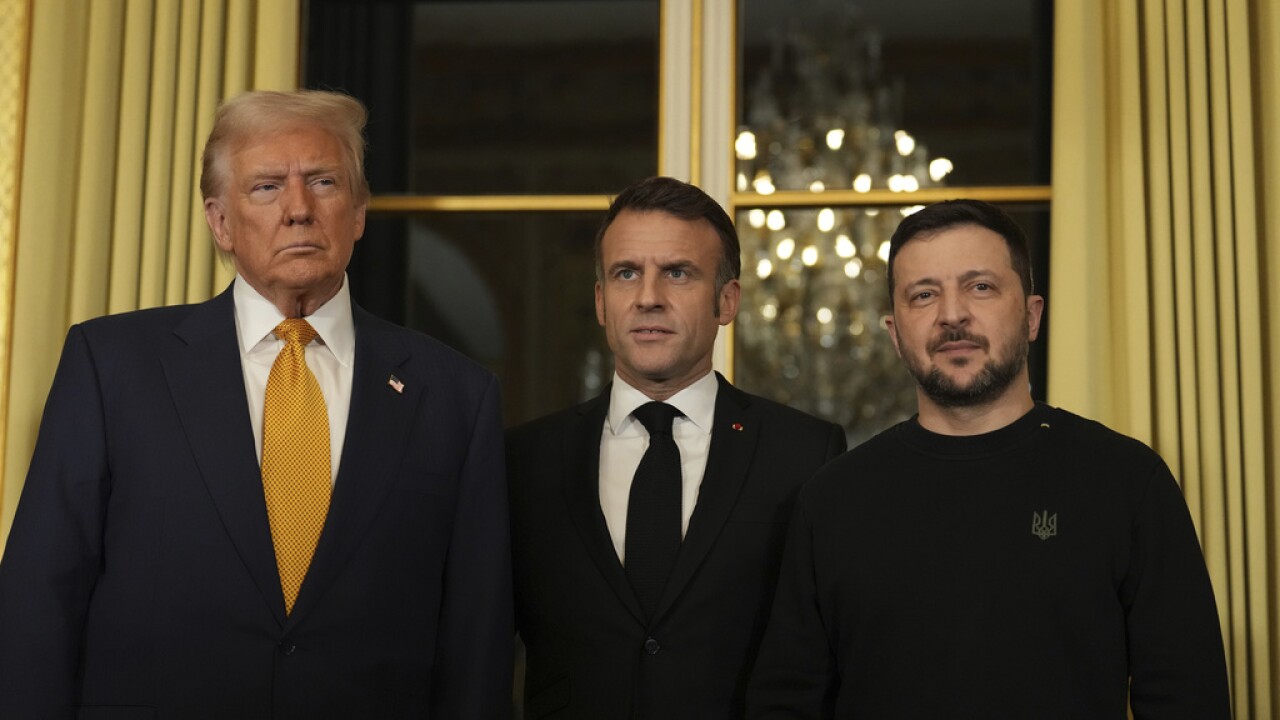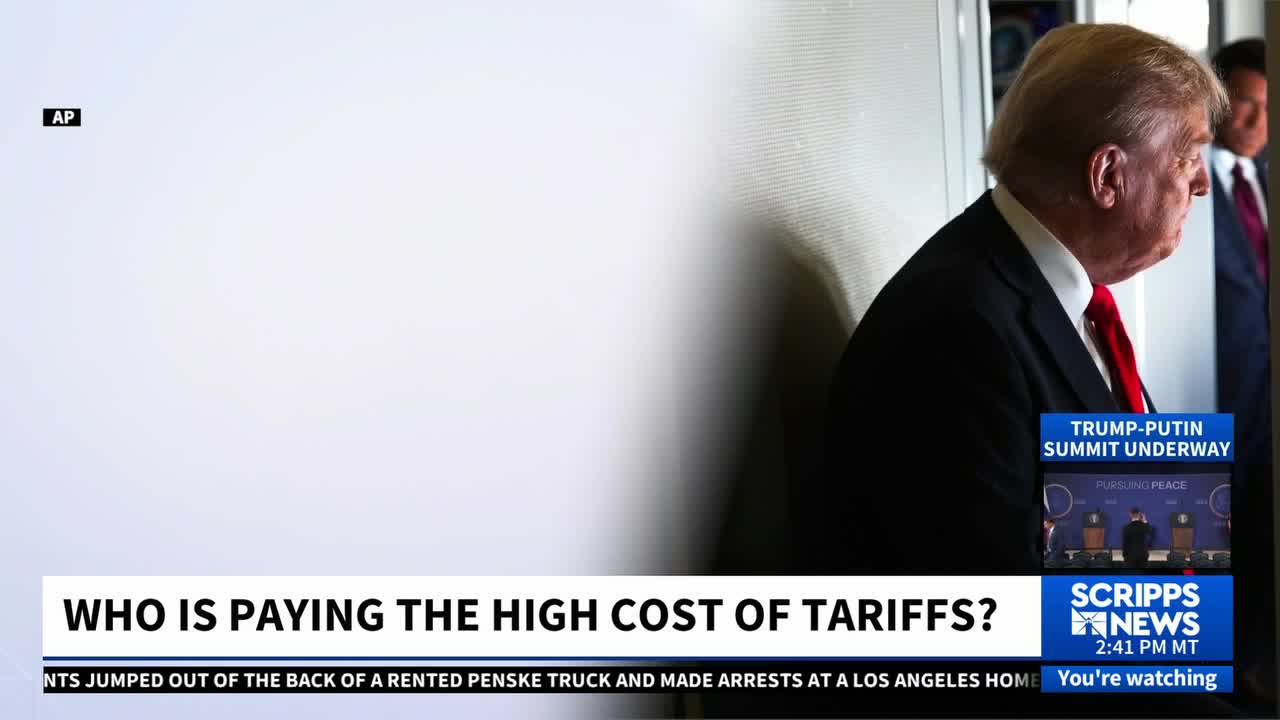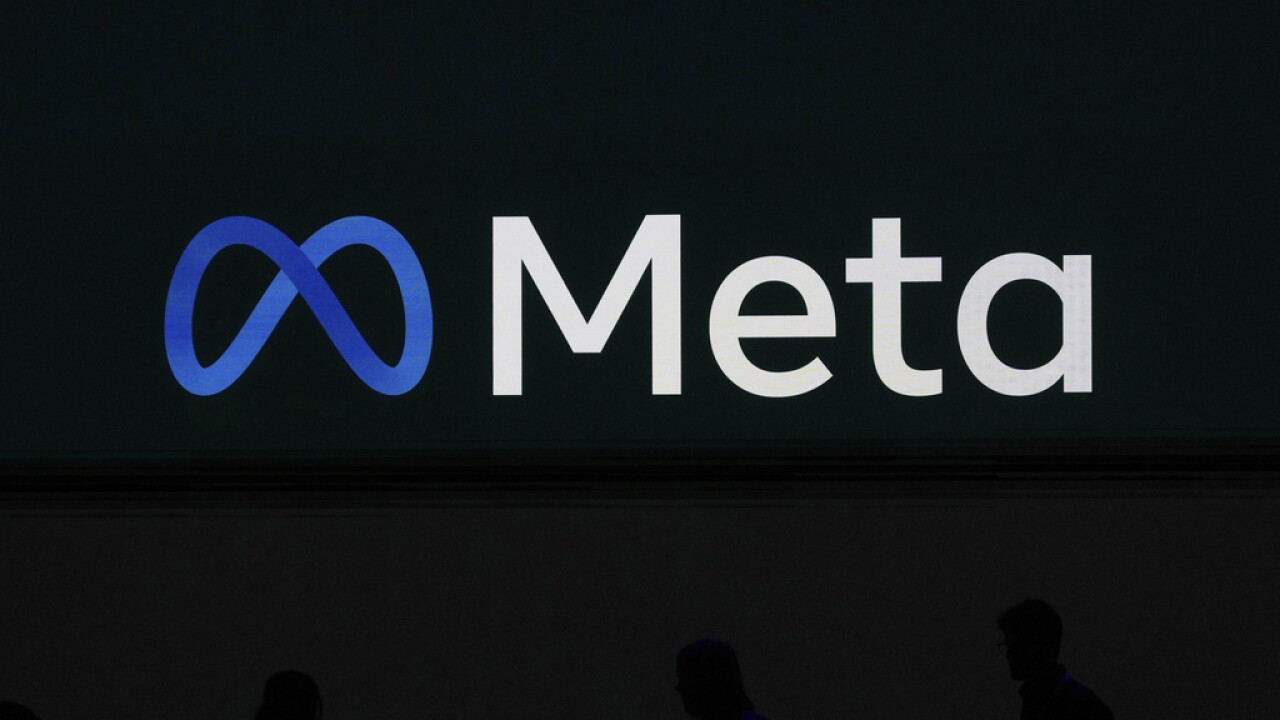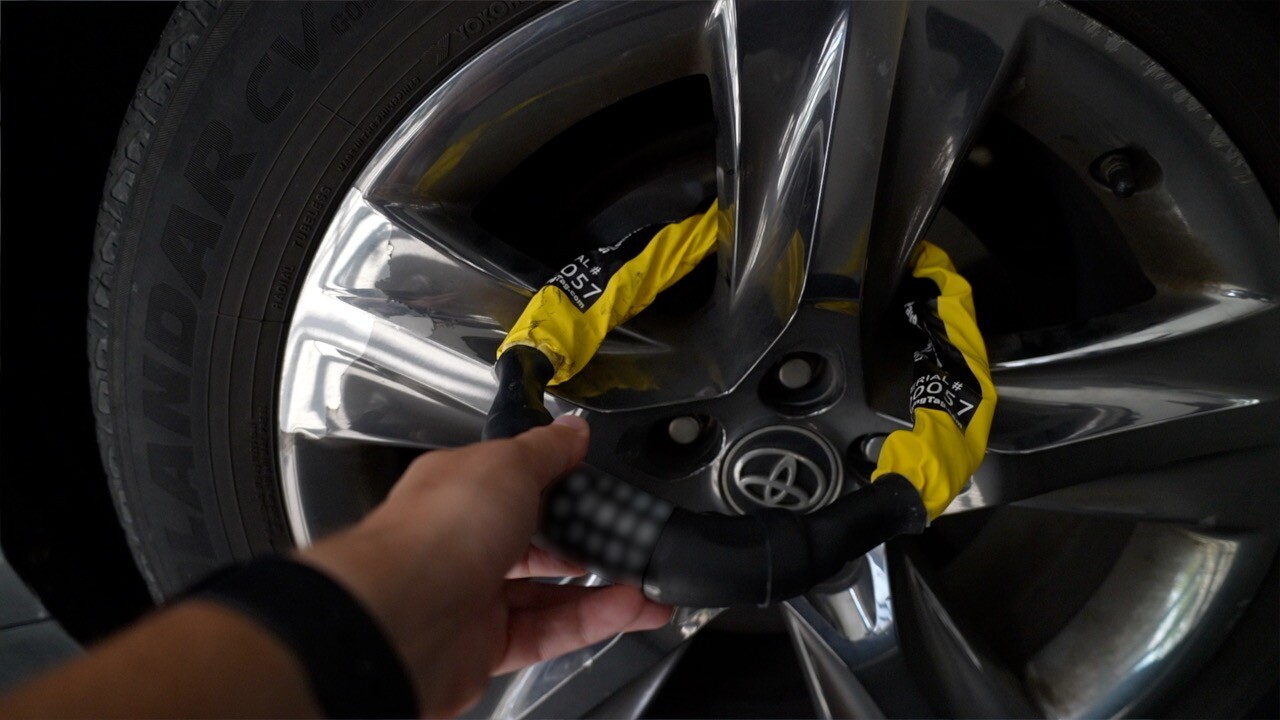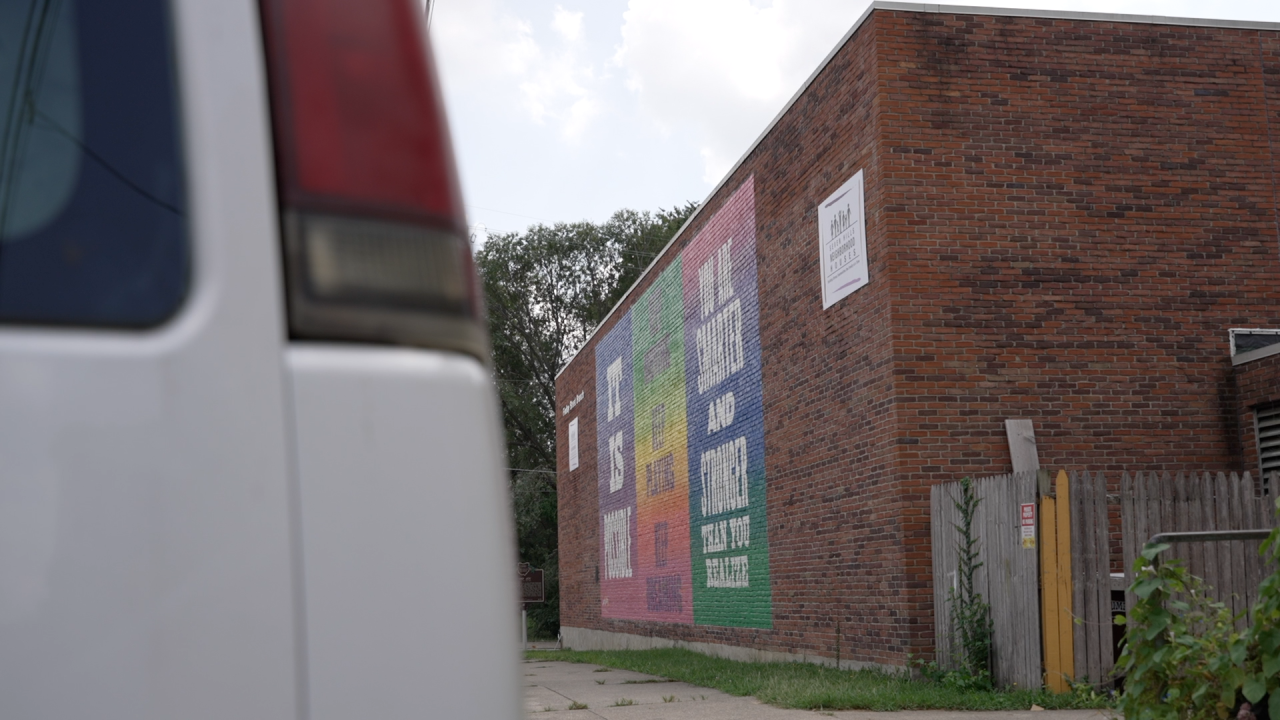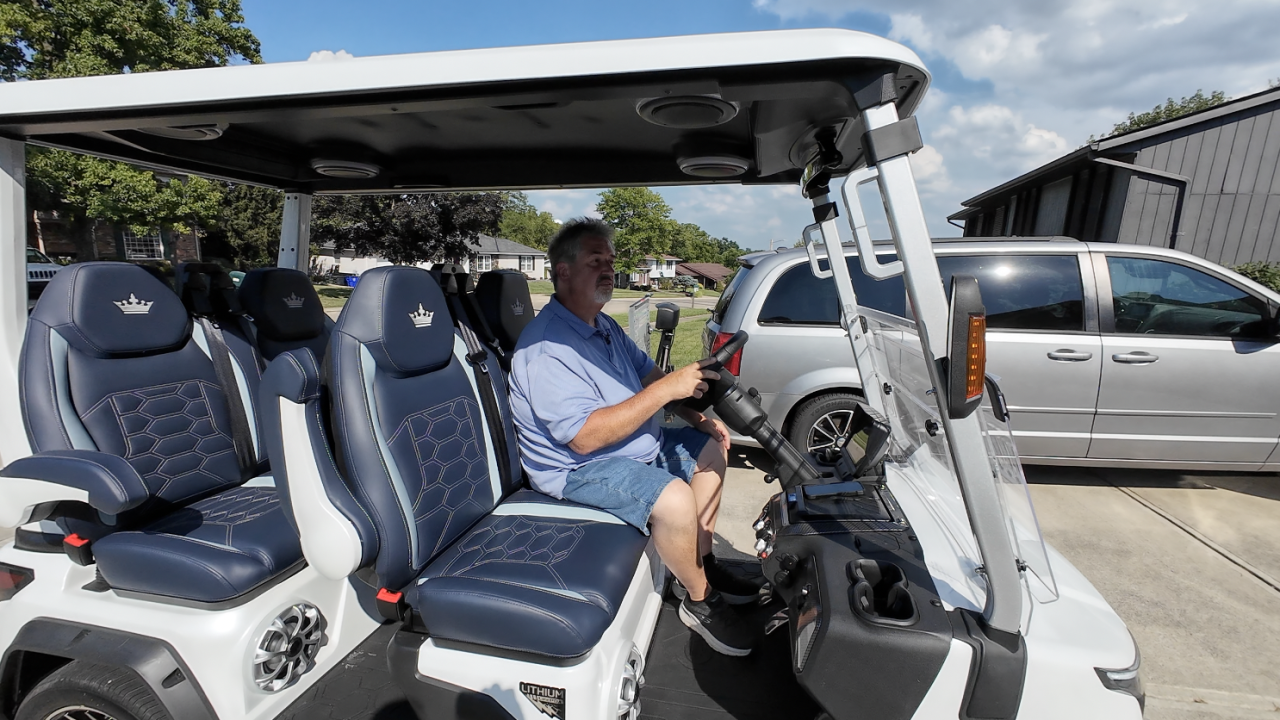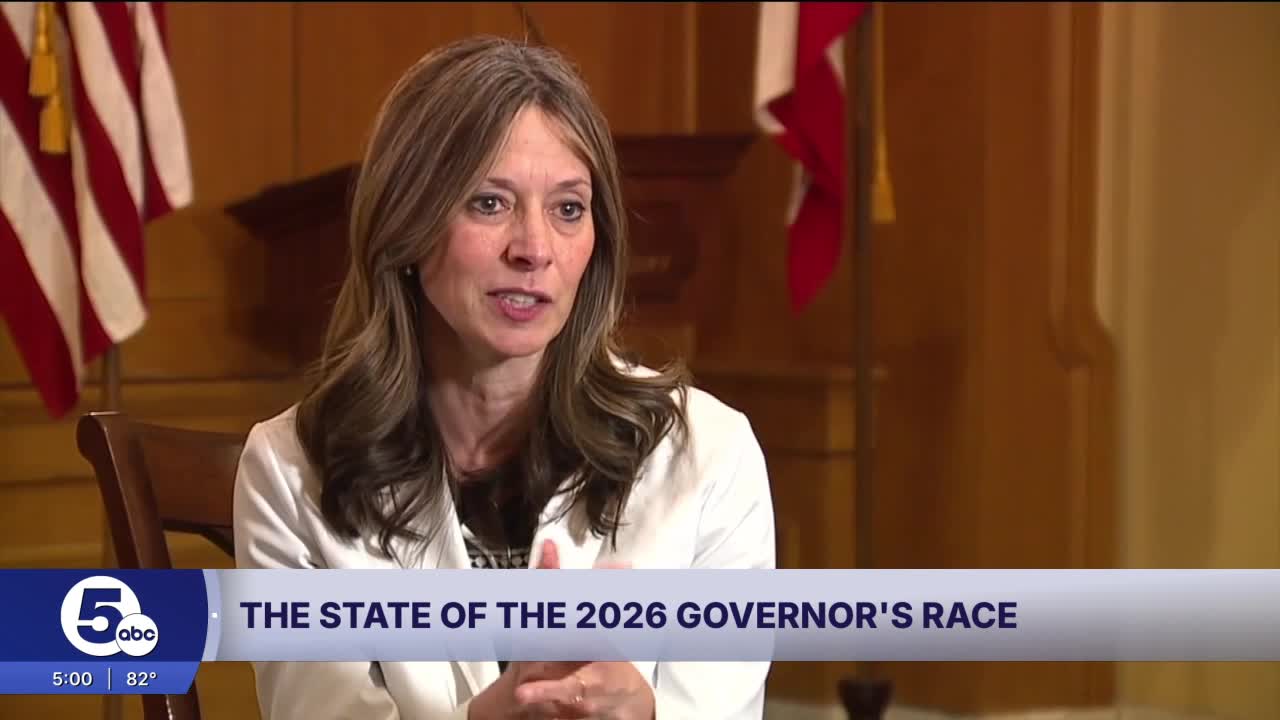On Sunday, European and NATO leaders declared their intention to accompany President Volodymyr Zelenskyy to Washington for discussions with President Donald Trump over the cessation of Russia’s war in Ukraine. Following the Ukrainian leader’s rejection from Trump’s conference with Russian President Vladimir Putin, they are uniting behind him.
In an apparent attempt to make the meeting better than the last one in February, when Trump chastised Zelenskyy in a heated Oval Office encounter, leaders from France, Britain, and Germany made a remarkable show of solidarity by announcing that they would be at Zelenskyy’s side at the White House on Monday.
According to retired French Gen. Dominique Trinquand, a former head of France’s military mission at the UN, the Europeans want to assist Mr. Zelenskyy to the hilt because they are terrified that the Oval Office event will be repeated.
According to him, it’s a struggle for dominance and a position of strength that may work with Trump.
Concerns in Kyiv and other European capitals that Ukraine would be pressured into signing a peace agreement that Trump claims he wants to broker with Russia may be allayed by the European leaders’ personal presence to show their support for Ukraine.
At Zelenskyy’s request, European Commission President Ursula von der Leyen declared on X that she would participate in the negotiations. According to his press agency, Mark Rutte, the secretary-general of the NATO military alliance, will also attend the conference.
According to President Emmanuel Macron’s office, the French leader will accompany President Zelenskyy on his trip and will also stop by the White House. According to a statement from 10 Downing Street, British Prime Minister Keir Starmer will also attend the meeting with Trump.
The European group will also include Friedrich Merz, the chancellor of Germany. He stated in a post on X that he will talk about territorial disputes, security assurances, and additional assistance for Ukraine.
After the U.S. president’s Friday summit with Putin, to which Zelenskyy was not invited, the group travel demonstrated European leaders’ resolve to guarantee that Europe has a say in Trump’s attempts at peacemaking.
European leaders are attempting to mold this rapidly changing agenda, according to Neil Melvin, director of international security at the Royal United Services Institute in London. With the focus shifting to Putin’s goal of preventing Ukraine from joining NATO or potentially the EU, the idea of a ceasefire seems all but dead after the summit in Alaska.
On NBC’s Meet the Press on Sunday, U.S. Secretary of State Marco Rubio stated that a comprehensive peace agreement would be the most effective method to stop the war, but a potential ceasefire is still feasible.
Putin has made it clear that he believes Europe is impeding talks. Additionally, he has opposed face-to-face meetings with Zelenskyy, arguing that they can only occur after the framework for a peace agreement has been established.
Following his discussion with Trump, the Russian leader told reporters that Kyiv and other European cities can use intrigue behind the scenes to obstruct possible progress.
According to Melvin of RUSI, Zelenskyy provides the Europeans with the sole means of participating in the debates concerning Ukraine’s future and European security for the time being.
The group will need to be careful not to send conflicting messages, though, given the sheer number of European leaders who might be present, Melvin added.
He went on to say, “The risk is they look heavy-handed and are banding together on Trump.” Trump will not want to be cornered.
